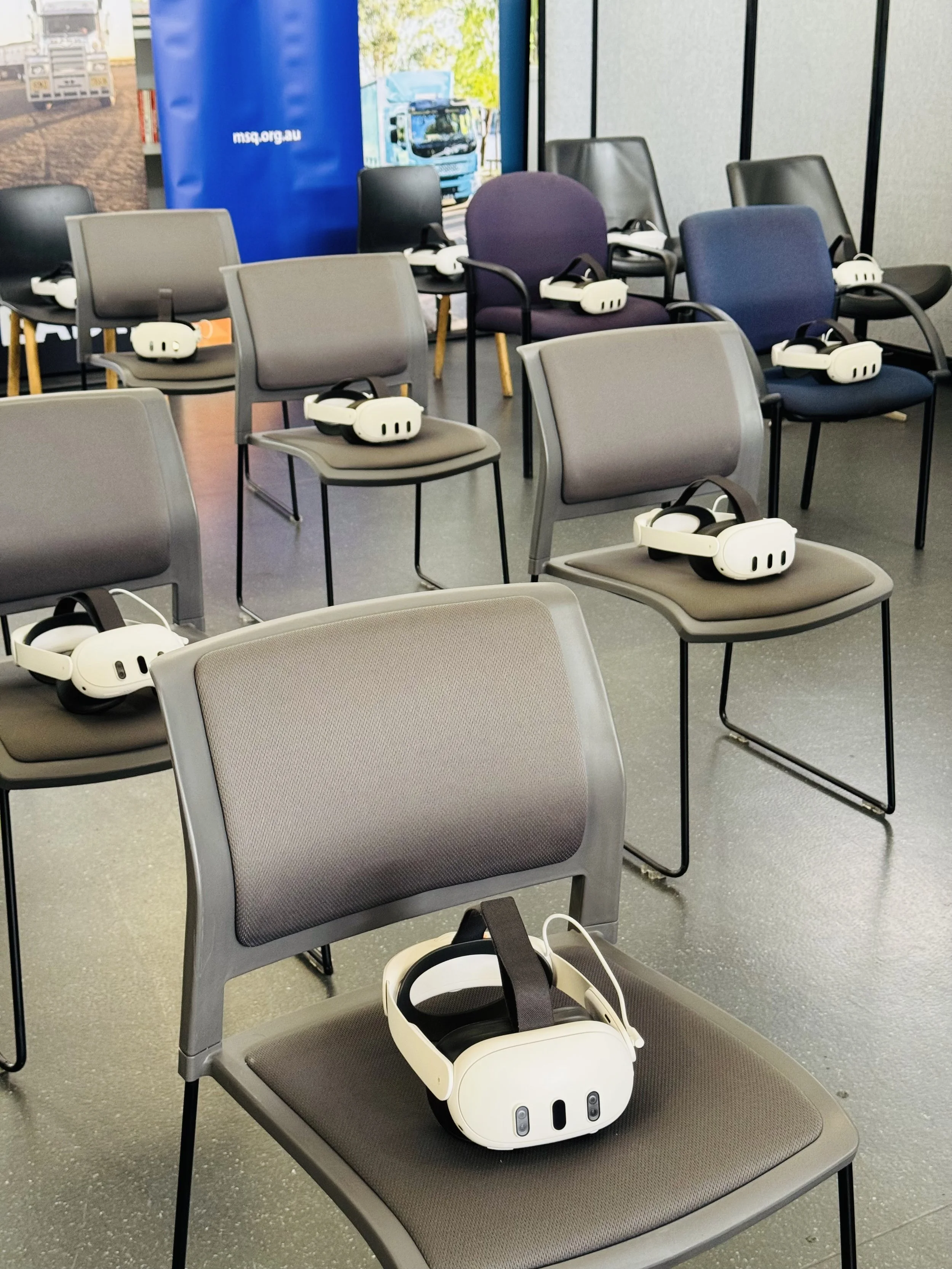
Where VR delivers Return on Investment (and why)
VR training drives ROI in a number of concrete ways.
Here’s a breakdown of the biggest levers, plus how to think about the business case.
Faster time-to-competence
VR repeatedly shortens ramp-up time versus classroom or e-learning, especially for procedures and soft skills. Walmart reported cutting certain tech-rollout training by ~96% with VR, letting associates learn faster without clogging training calendars. (strivr.com)
Better knowledge retention and performance
Learners in VR typically retain more and perform better on assessments than in traditional formats. Walmart observed 10–15% higher knowledge retention and higher test scores; separate reporting showed VR trainees scored higher 70% of the time. (Walmart Corporate News and Information)
Stronger confidence and behavioral transfer
PwC’s controlled study on soft-skills found VR learners were up to 275% more confident applying skills, 4× more focused, and more emotionally connected to content than classroom/e-learning. Those behavioral deltas correlate with higher on-the-job application (real performance gains). (PwC)
Reduced safety incidents & quality escapes
VR lets employees practise high-risk tasks in zero-risk environments and repeat until proficient, which studies tie to safer behavior and fewer errors. Recent systematic reviews in safety training (construction, fire, aviation, mining) find VR improves safety-relevant learning outcomes; industry case summaries report downstream injury reductions when XR training is adopted. (ScienceDirect)
Lower logistics & downtime costs
Once built, modules scale without booking classrooms, instructors, plant floor time, or full-flight simulators. Aviation maintainers, for example, offload portions of training from expensive devices and live assets to VR scenarios, reducing simulator slots and aircraft unavailability while maintaining proficiency. (Airbus Aircraft)
Standardisation at scale
VR delivers the same “gold-standard” scenario everywhere—useful across multi-site operations where instructor variability is a hidden cost. PwC notes VR becomes the most cost-effective modality once learner counts cross a (surprisingly attainable) threshold. (PwC)
Rich telemetry for L&D and compliance
Every interaction (gaze, steps, time-on-task, errors) is measurable in VR, enabling objective pass/fail criteria, competency tracking, and targeted remediation—cutting retraining and compliance admin time. Accenture’s enterprise analysis frames this as part of the business case for “immersive learning at scale.” (Accenture)
Access to rare/critical scenarios
You can safely practise emergencies, abnormal procedures, or low-frequency high-impact tasks any time—without creating risk or waiting for the “right” live conditions—improving readiness and reducing costly mistakes. Aviation maintenance and engine run-up sims are good examples. (Airbus Aircraft)
Higher learner engagement (less seat time wasted)
VR’s presence and interactivity reduce distractions and increase time-on-task. PwC measured ~4× greater focus versus e-learning; Walmart saw meaningfully higher learner satisfaction, which matters for adoption and completions. (PwC)
Sustainability benefits
Replacing travel and physical consumables with virtual scenarios reduces footprint and cost (travel, materials, and wear on training assets). Enterprise case write-ups often include these savings alongside the core training benefits. (cocubed.com)
The scale question:
when VR is the cheapest option
Up-front content creation and device outlay are offset by per-learner costs that fall quickly with scale.
Using PwC’s cost model:
• Cost parity with classroom at ~375 learners
• Cost parity with e-learning at ~1,950 learners
• At ~3,000 learners, VR can be ~52% more cost-effective than classroom/e-learning blends. (PwC)
If your program repeats annually (induction, safety, compliance), breakeven arrives even sooner over a 2–3 year horizon as modules are reused and updated incrementally rather than rebuilt. (Accenture)
Typical line items VR reduces
Instructor time and travel (one-to-many becomes many-to-one content) (PwC)
Classroom/venue bookings and scheduling friction (self-paced headsets) (PwC)
Operational disruption (no live asset bookings; fewer simulator slots) (Airbus Aircraft)
Scrap/consumables used in physical practice (virtualised) (Accenture)
Rework and incident costs from underprepared staff (better retention and transfer) (ScienceDirect)
Where VR shines the most (use-case patterns)
High-consequence safety procedures (LOTO, confined spaces, emergency response). Strong evidence base for improved safety learning outcomes. (ScienceDirect)
Complex procedural/maintenance tasks where mistakes are costly and assets are scarce. Aviation MRO and engine procedures are well-established examples. (Airbus Aircraft)
Soft-skills & customer scenarios where body language and situational nuance matter (leadership, de-escalation, retail service). PwC’s study shows large behavioral gains here. (PwC)
Large, distributed frontline workforces (retail, logistics) where standardisation and logistics savings compound—Walmart’s rollout is the canonical case. (Walmart Corporate News and Information)
A quick ROI model you can reuse
Costs: content build (capex), annual updates, headsets & MDM, support, learner time.
Benefits (per learner):
training hours saved × loaded labour rate;
travel/venue avoided;
simulator/asset time avoided;
defect/incident reduction (use historical cost of errors);
retention uplift reducing re-training.
Scale: number of learners × frequency (per year) × years of reuse.
ROI ≈ (Total annual benefits − Total annualised costs) ÷ Total annualised costs
If you’re evaluating a program with ~500+ annual learners (e.g., induction, core safety), the PwC thresholds suggest VR is likely to beat classroom on cost while also improving outcomes; even at smaller scales, ROI can pencil out when logistics or risk costs are high (e.g., aviation, mining, energy). (PwC)
Ready to explore what VR can do for you?
Whether you're curious about using immersive tech for training, showcasing, or storytelling, the best way to understand VR’s potential is to experience it. Get in touch to explore what’s possible.
Get in touch.
Contact us directly or use the form to leave a message.
hello@composit.design
(+61) 0421 173 837
Composit is Australian-owned.


